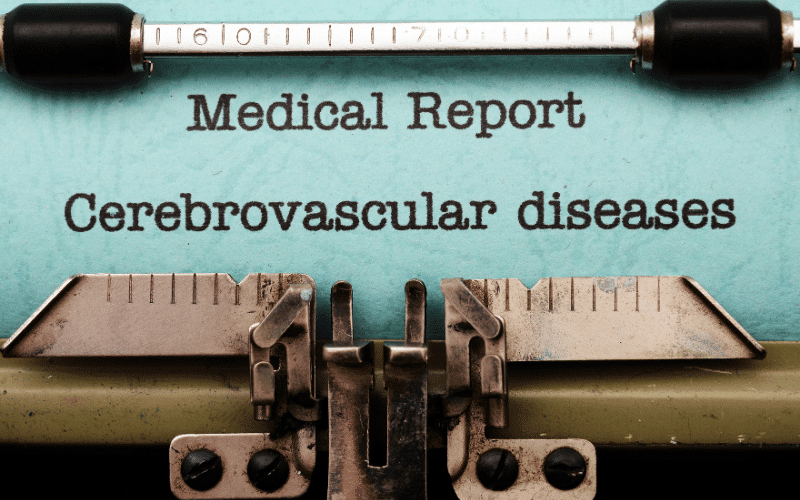Introduction: Embarking on the Journey into the World of Cerebrovascular Disease

The complex landscape of cerebrovascular disease presents an intriguing intersection of human physiology, medical advancements, and the profound impact of lifestyle choices. As we stand on the precipice of this journey into understanding cerebrovascular disease, 15 crucial facts will light our path, each one presenting a new facet of this extensive health concern.
While common medical knowledge often simplifies cerebrovascular disease as a disruption or limitation in the blood flow to the brain, the true picture is layered and intricate. Understanding this disease demands a close examination of a wide range of aspects. The consequences can range from severe, such as strokes, to temporary, like transient ischemic attacks (TIAs). The latter might seem less threatening, but they still point to potential health dangers on the horizon.
This expedition isn’t merely a clinical overview of a disease; it’s an attempt to comprehend a condition that affects millions globally. The information that will be presented aims to generate awareness and enable informed conversations around cerebrovascular disease. With every unveiled fact, we build a more robust understanding of the disease, its workings, and its impacts.
Our journey begins with a dive into the heart of the disease—its definition and prevalence. We will then venture into the labyrinth of causes, risk factors, and subsequent health impacts. Our goal is not just to present dry, factual information but to offer insights that enable the reader to understand the broader implications of each aspect of cerebrovascular disease.
By the end of this exploration, we aim to provide a rounded perspective on cerebrovascular disease. The understanding gained can then be utilized to inspire better health decisions, to generate discussions, and to cultivate a broader understanding of this significant health concern.
Fact 1: The True Meaning of Cerebrovascular Disease

At its core, cerebrovascular disease refers to any disorder where an area of the brain is temporarily or permanently affected by ischemia or bleeding. It’s not a single condition but an umbrella term encompassing a range of health issues, all tied together by a singular common thread—the brain’s vasculature is compromised.
One of the well-known conditions under this umbrella is a stroke, or cerebral infarction, where the brain’s blood supply is cut off. The affected brain cells are deprived of oxygen, causing them to perish—a scenario that can lead to permanent brain damage.
Then there are hemorrhagic strokes, caused by a ruptured blood vessel in the brain. This scenario leads to blood seeping into the surrounding brain tissue, causing damage and increasing pressure on the brain. These conditions don’t just exist in isolation but can often lead to other health complications, adding layers of complexity to the disease.
In contrast, transient ischemic attacks (TIAs), often dubbed ‘mini-strokes,’ are temporary disruptions in the brain’s blood supply. They don’t cause permanent brain damage but serve as a warning sign, indicating an increased risk of future strokes. They may be less severe, but they certainly shouldn’t be ignored. (1)